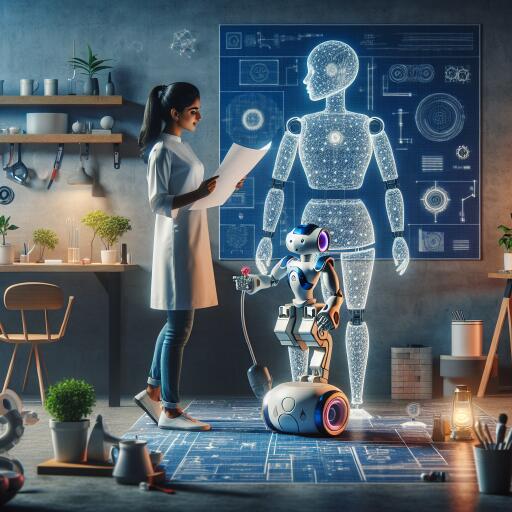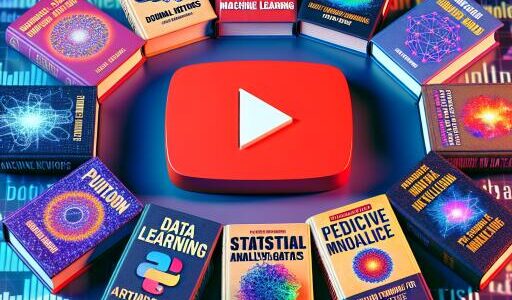MIT Engineers Empower Robots with Common Sense for Household Tasks
In an intriguing development at the Massachusetts Institute of Technology (MIT), engineers have devised a new method allowing robots to adeptly navigate unforeseen interruptions during household chores, imbuing them with a form of “common sense.” This breakthrough aims to enhance the autonomy of robots in performing complex tasks around the home, from cleaning spills to serving food.
In conventional training, robots learn through imitation, mimicking human motions for various tasks. While effective in straightforward scenarios, this method falls short when robots encounter unexpected obstacles or deviations from their learned path, often requiring them to restart the task from the beginning.
To tackle this, the MIT team has pioneered an innovative approach that integrates robot motion data with large language models (LLMs). By doing so, robots can logically dissect tasks into subtasks and adapt on the fly to disruptions, all without needing exhaustive programming for every potential mishap.
“Imitation learning has been a cornerstone in teaching household robots, but when robots strictly follow pre-recorded motions, even minor errors can accumulate, leading to failure,” explained Yanwei Wang, a key researcher on the project from MIT’s Department of Electrical Engineering and Computer Science (EECS). “Our method allows robots to self-correct and carry on, significantly increasing task success rates.”
Unveiled in a new study set to be presented at the International Conference on Learning Representations (ICLR), this pioneering method stands to redefine how robots understand and execute tasks. Alongside Wang, the study boasts contributions from fellow EECS graduate students Tsun-Hsuan Wang and Jiayuan Mao, Michael Hagenow of MIT’s Department of Aeronautics and Astronautics (AeroAstro), and Julie Shah, H.N. Slater Professor in Aeronautics and Astronautics at MIT.
Breaking Down Tasks with Language
One of the standout features of this new technique is its use of LLMs to articulate tasks in natural language, breaking them down into manageable subtasks. For example, tasks like scooping marbles from one bowl to another can be decomposed into a series of steps: reaching, scooping, transporting, and pouring. By linking LLM-generated subtask sequences with a robot’s physical movements, engineers can create a more versatile and responsive robotic system.
“LLMs can outline the steps of a task in natural language, paralleling how a human’s demonstration encompasses various subtasks in physical space,” Wang noted. “Our goal was to bridge these domains, allowing robots to recognize their task stage and autonomously adjust their actions accordingly.”
Groundbreaking Experiments
The team’s innovative approach was put to the test using a robotic arm trained in the seemingly simple task of scooping marbles. By guiding the robot through the motions associated with each subtask—reaching into a bowl, scooping up marbles, and transferring them to another bowl—researchers were able to compile a rich dataset of human demonstrations. Following this, they prompted an LLM to enumerate the steps involved in the marble-scooping task and used their algorithm to map these steps to the robot’s motion data. This enabled the robot to identify its progress through the task’s subtasks autonomously.
When purposely disrupted during the task, rather than halting or persevering without adjustment, the robot demonstrated an impressive ability to self-correct. It ensured marbles were successfully scooped before moving to the next step, showcasing the method’s potential for improving robot reliability and flexibility in household settings.
“Our method drastically reduces the need for humans to intervene, program, or provide additional demonstrations for error recovery,” Wang celebrated. “This is a significant advancement towards developing household robots capable of completing complex tasks with ease, despite unforeseen challenges.”
As the race towards integrating robots into our daily lives accelerates, innovations like MIT’s promise to make these futuristic helpers not just more common but also more capable of seamlessly integrating into our homes.










